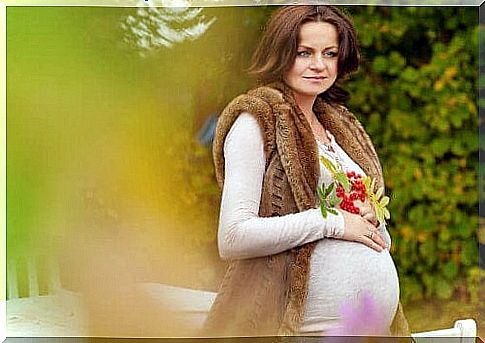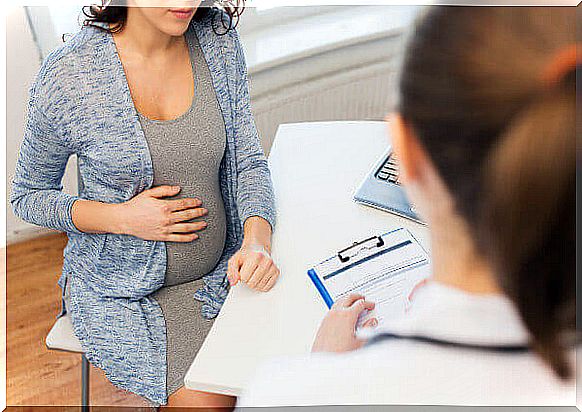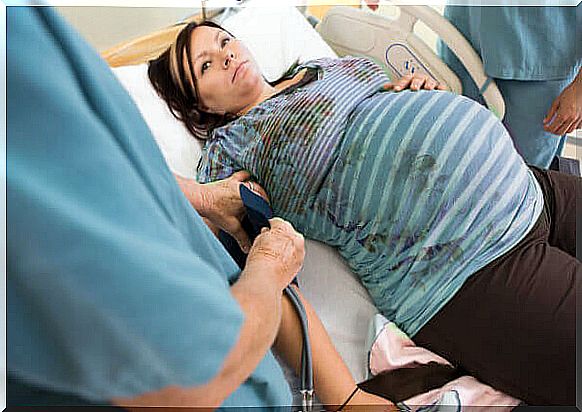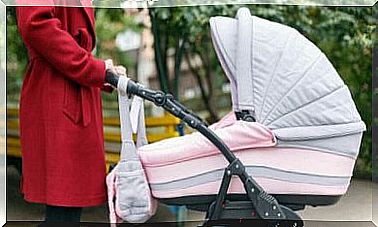The Risks Of Being Pregnant After 35 – Being Parents

Many women delay motherhood for a variety of reasons, both personal and professional. The purpose of this article is not to critique the situation, but to expose the real risks of becoming pregnant after 35 years .
Being pregnant after 35
As women get older, it can be more difficult to conceive, and if they do, the difficulty of maintaining a healthy pregnancy increases. Fertility begins to decline between the ages of 32 and 37, with a faster decline after age 37.
This is because women are born with a certain number of eggs. Over the years, the quantity and quality of eggs begins to decline, especially in the third decade of life. In addition, some conditions, such as the endometriosis or fibroids, which can have a negative impact on the reproductive capacity, become more common with age.
On the other hand, as conception becomes more complicated as age increases, there are also a number of risks that arise with pregnancy, which can affect the health of both mother and baby.

The risks of pregnancy that increase after 35 years
Being pregnant after age 35 can increase the risk of complications during pregnancy for both mother and baby. The older women get, the greater the risk of developing hypertension and diabetes (including gestational diabetes). These conditions can have a damaging effect on pregnancy.
High blood pressure during pregnancy increases the risk of problems with the placenta and alterations in the growth of the fetus. Gestational diabetes can increase the risk of birth defects, high blood pressure and miscarriage. These factors also increase the chances of having a larger-than-normal child, which can cause additional complications around the time of delivery.
In addition to potentially affecting the health of the baby, high blood pressure and diabetes can have long-term effects on the health of the mom, including an increased risk of heart disease and stroke. From the age of 35, women are also at greater risk of having a baby with a birth defect associated with chromosomal abnormalities, such as Down syndrome.
Older women have a greater risk of developing the following complications during their pregnancy:
- multiple pregnancy
- premature birth
- a baby with low birth weight
- a cesarean
- fetal death or the birth of a “stillborn” baby
Children who are born prematurely or with a low birth weight are at higher risk of short and long term health problems, such as respiratory distress syndrome, various infections and developmental delays.
Some research suggests that the father’s age at the time of conception may also affect the health of the child, although more investigation is needed in this area.

Tips for having a healthy baby from 35 years old
There are a number of steps women over 35 can take to increase their chances of having a healthy baby. These recommendations should be discussed with the specialist doctor, keeping in mind that antenatal visits should be regular, monitoring the health of the fetus and mother.
Important factors that should be discussed with the specialist include diet, exercise, and weight gain. While it is advisable for all pregnant women to eat a healthy diet, stay active, and not gain more weight during pregnancy, this becomes especially important as women age.
In addition, before pregnancy, doctors recommend that all women take 400 mg of folic acid every day, starting one month before conception and during pregnancy. Folic acid helps prevent neural tube defects like spina bifida.
Women should also stop smoking, drinking alcohol, and using drugs. It is also advisable to avoid ambient exposure to toxic substances. In addition, the intake of medications and supplements should always be supervised by the specialist.
As with all pregnant women, women over 35 may be suggested to undergo genetic testing for birth defects. This is especially important because of the increased risk of certain disorders for children born to older mothers.
Tests used for the detection of birth defects include:
- Ultrasound: Sound waves are used to examine the fetus
- Amniocentesis: This is a test to detect birth defects. A syringe is used to extract amniotic fluid to examine the pouch surrounding the fetus. There is a risk of miscarriage.
- A chorionic villus sample: Placenta cells are taken for analysis. There is also a risk of miscarriage.









